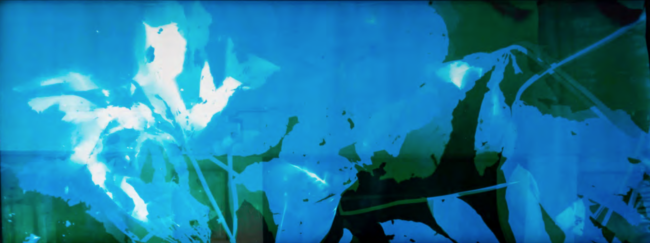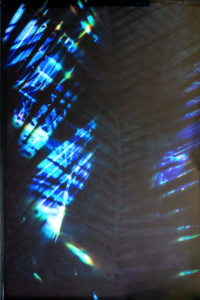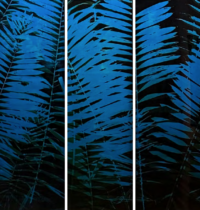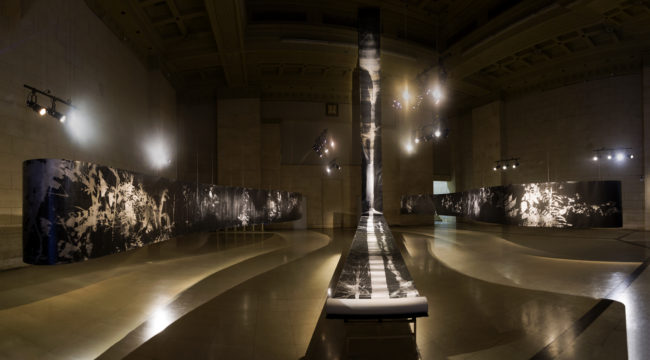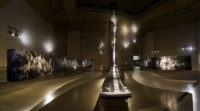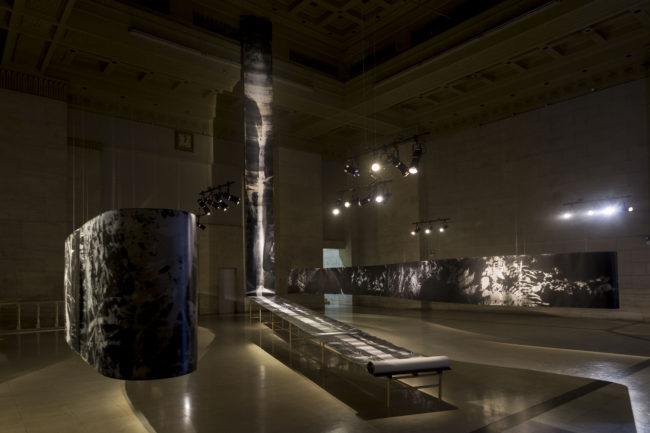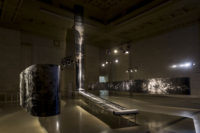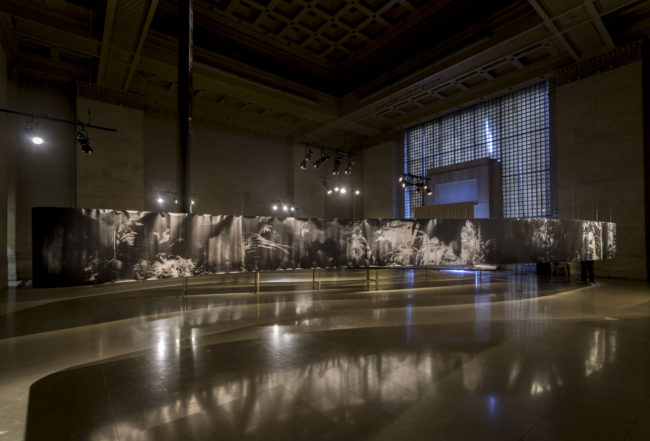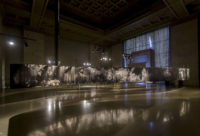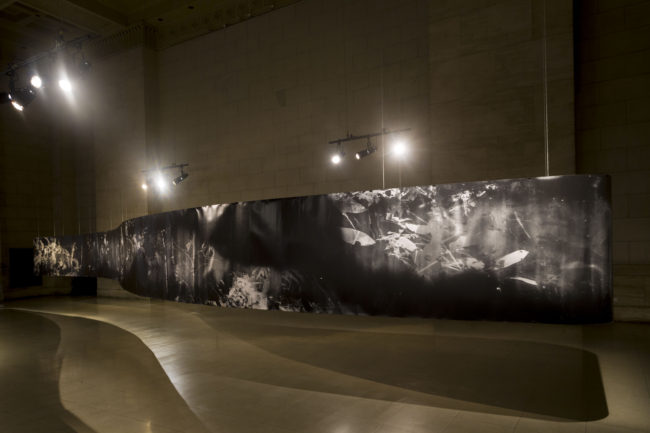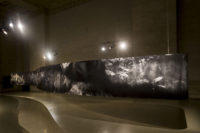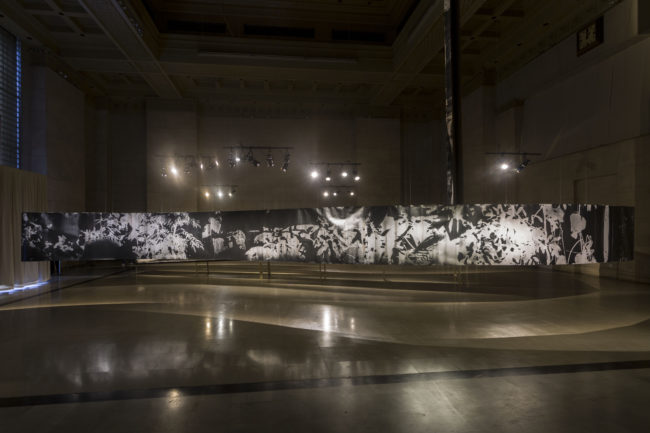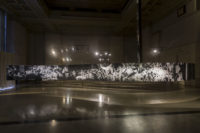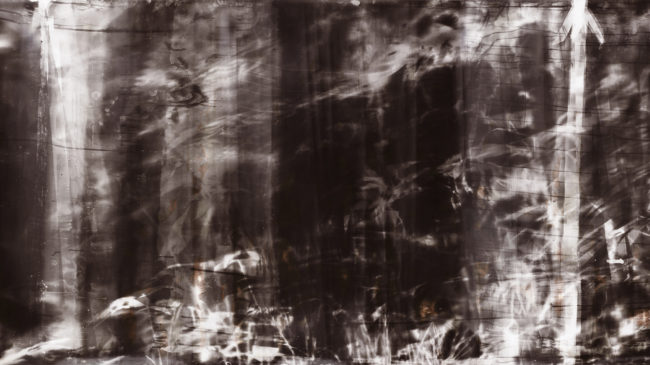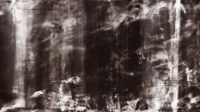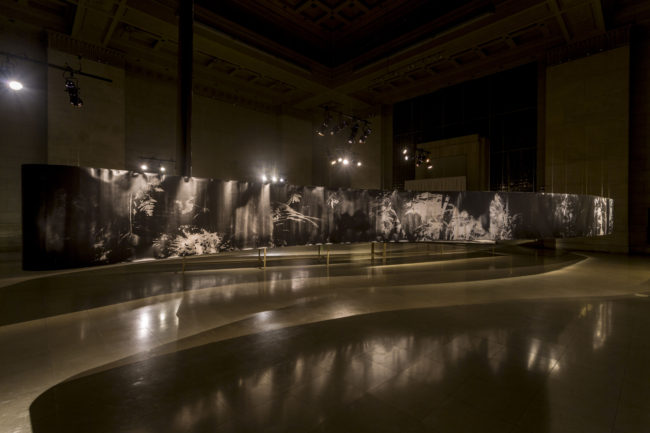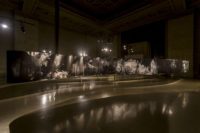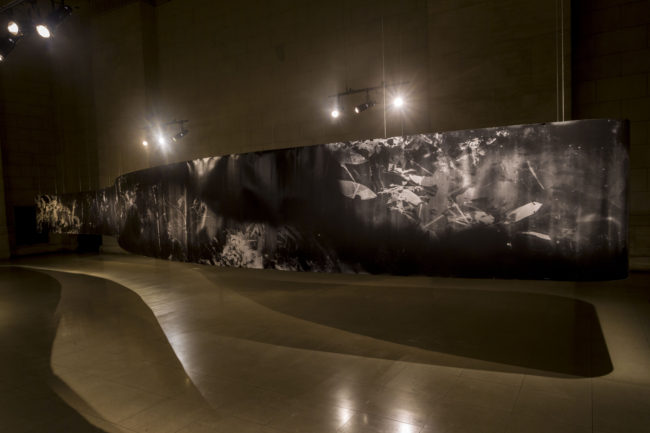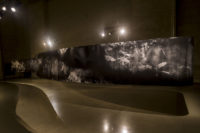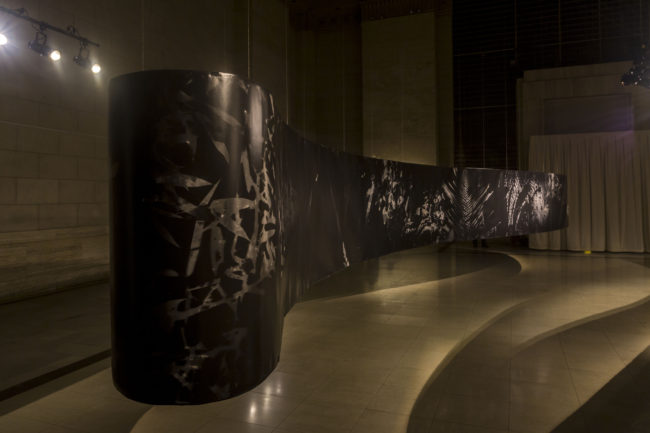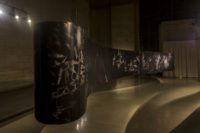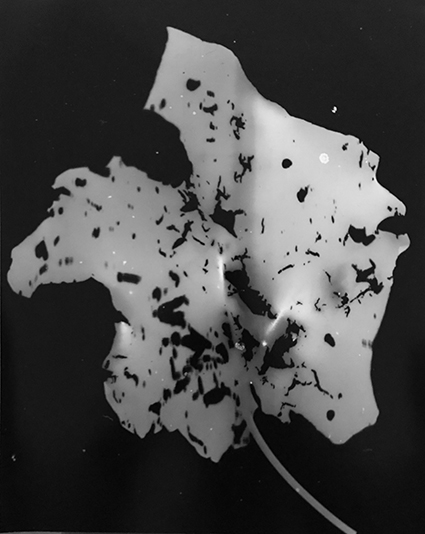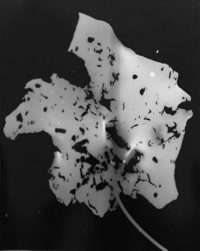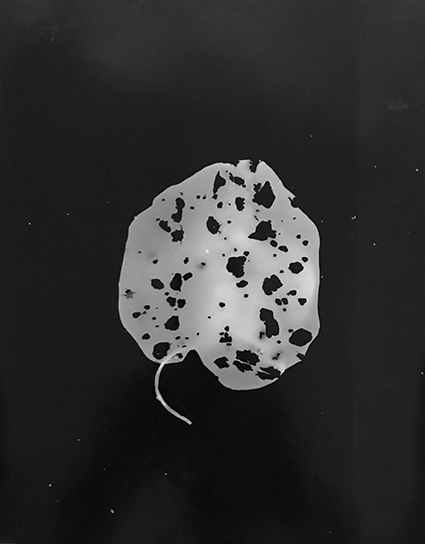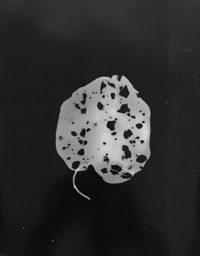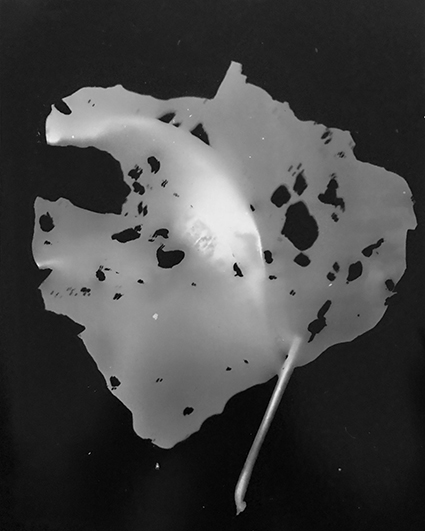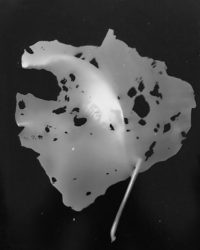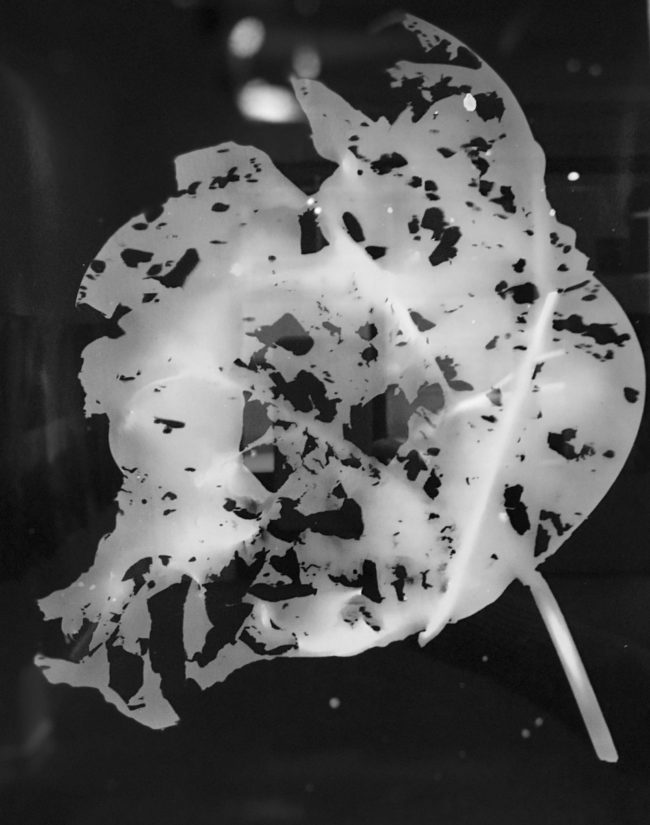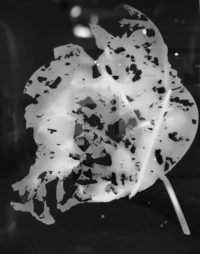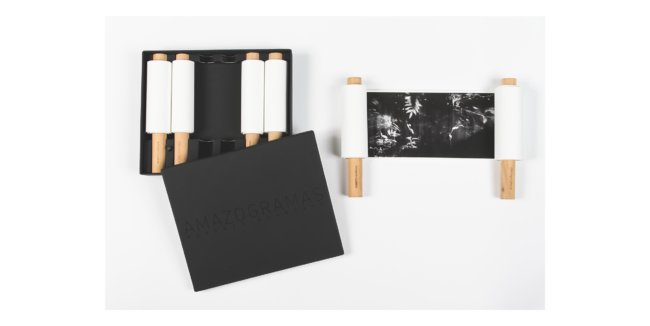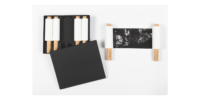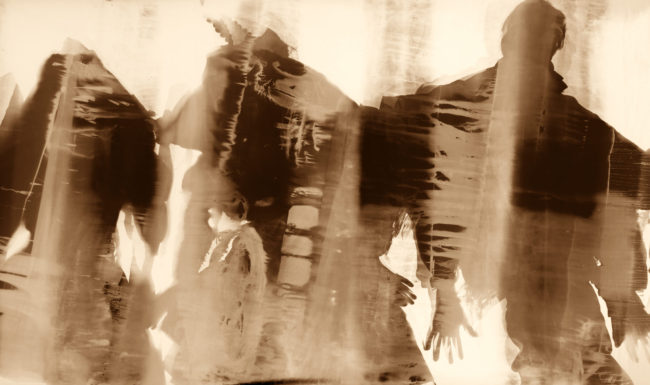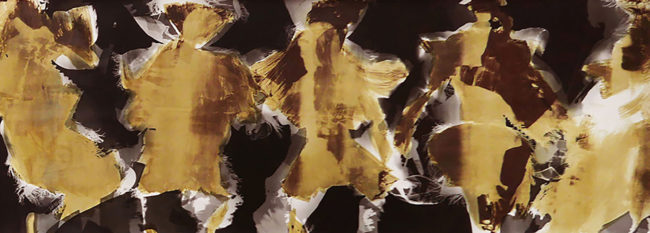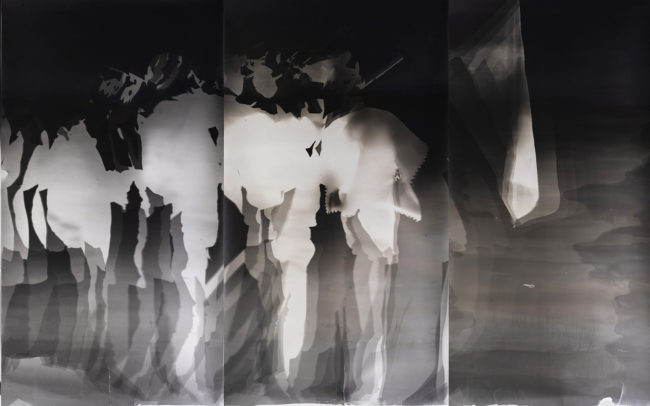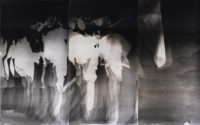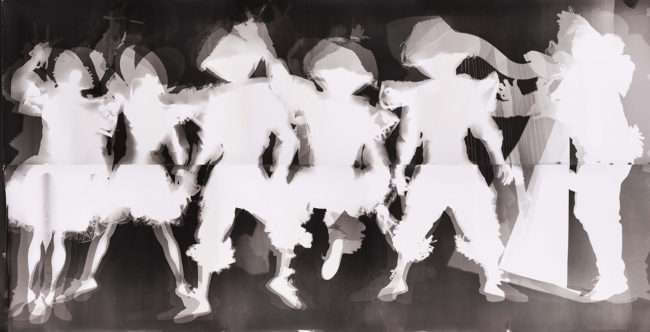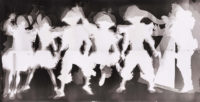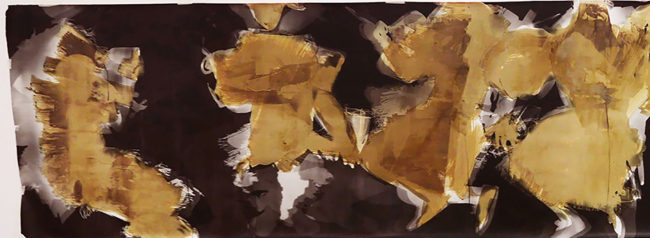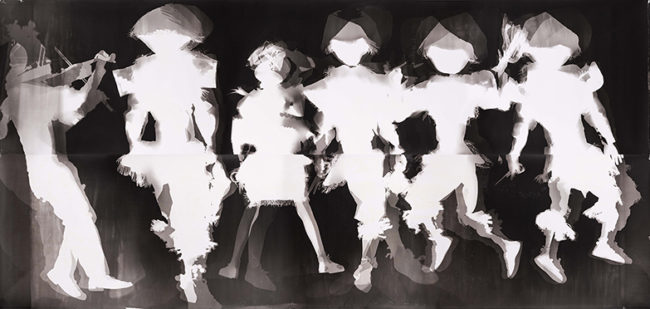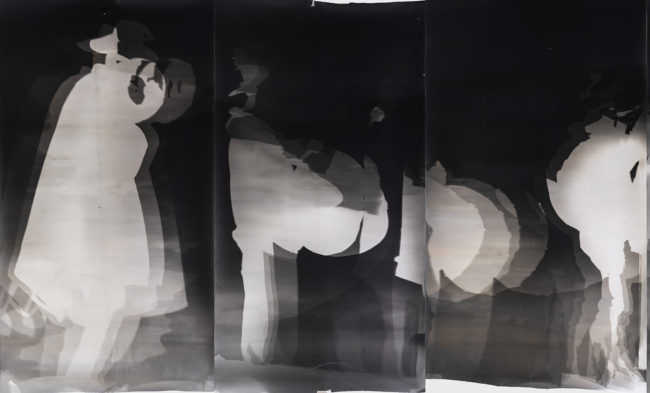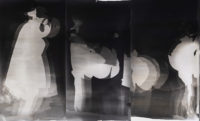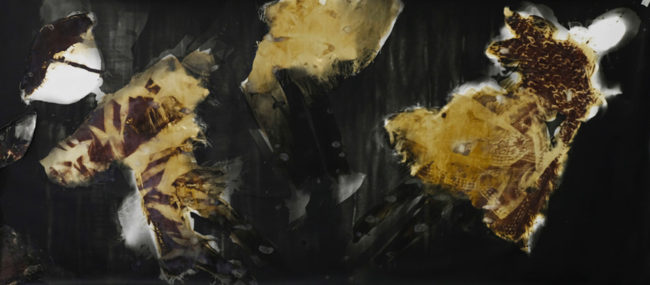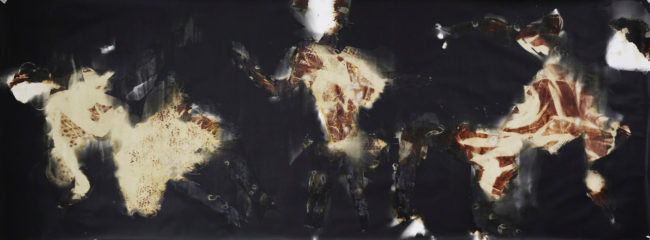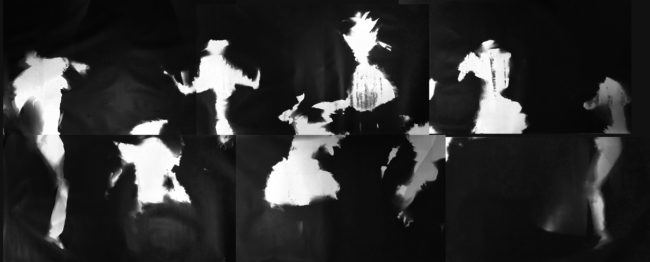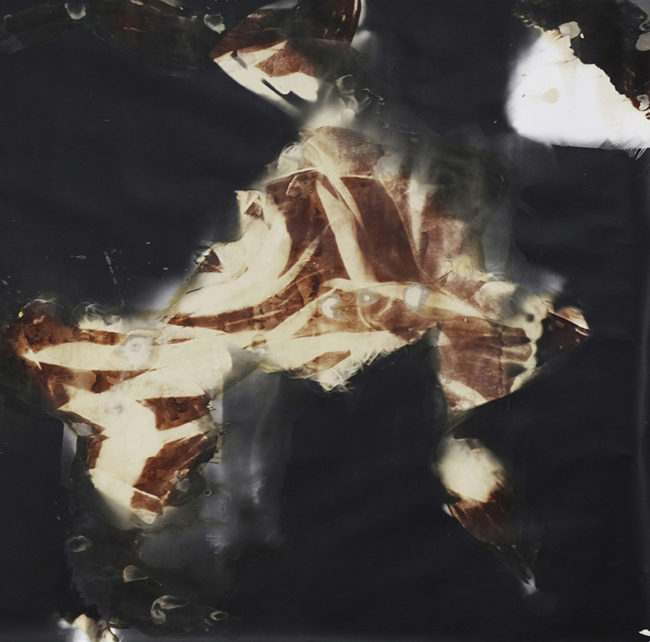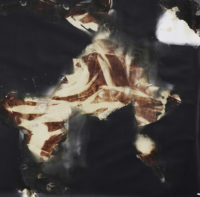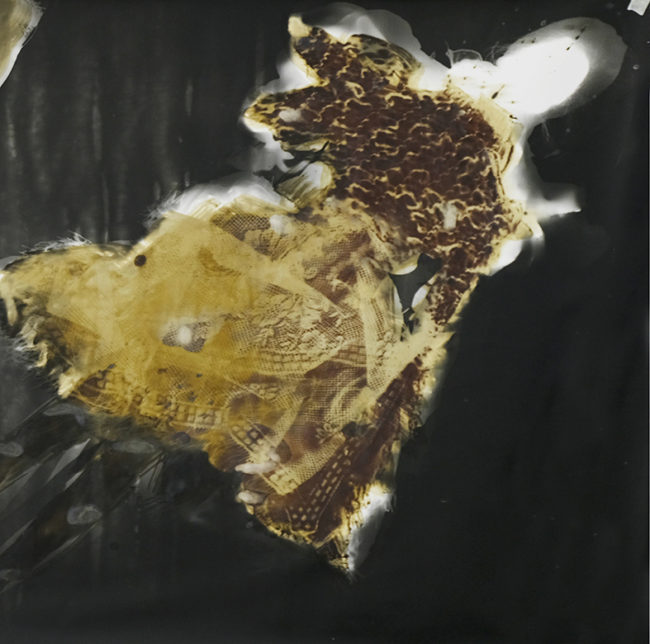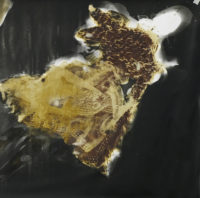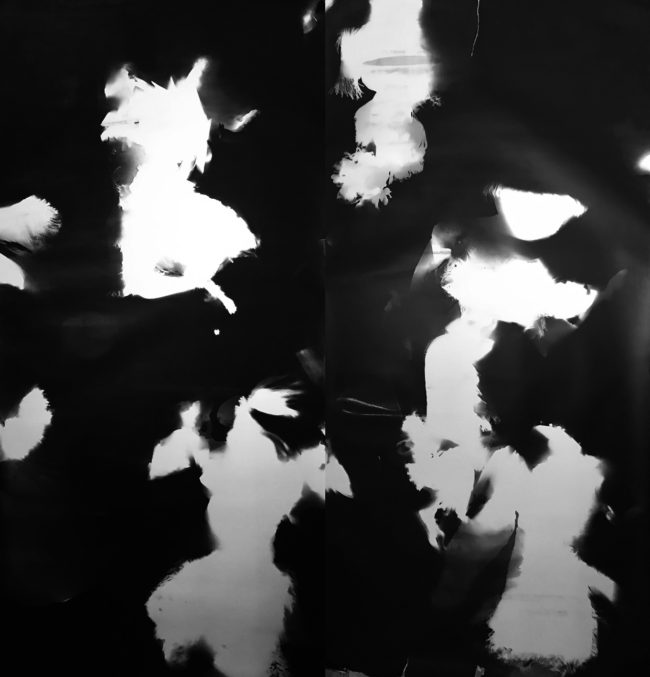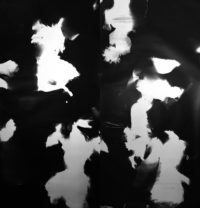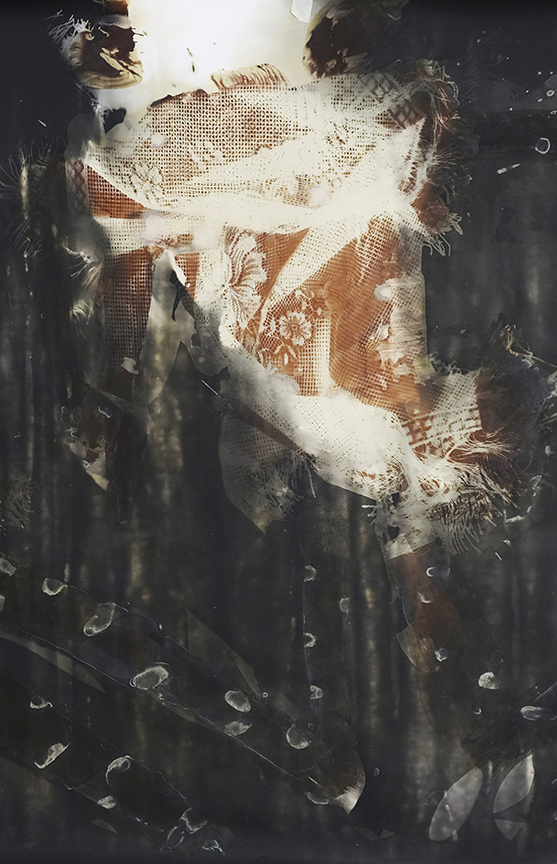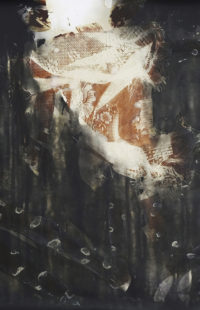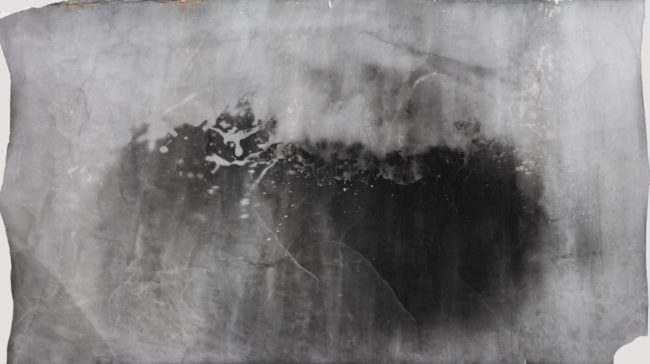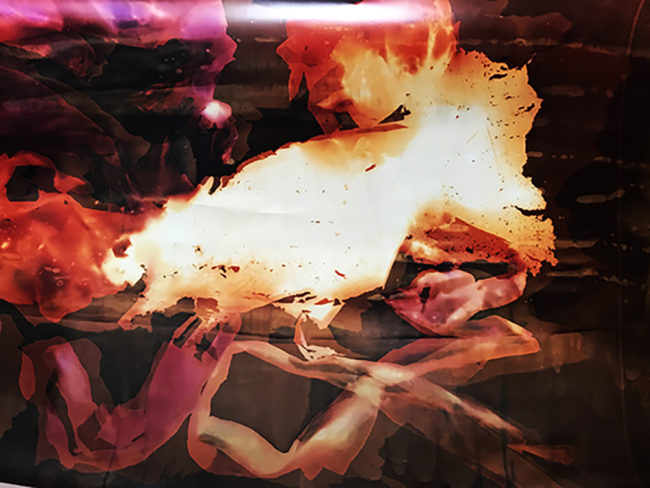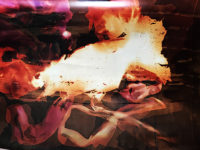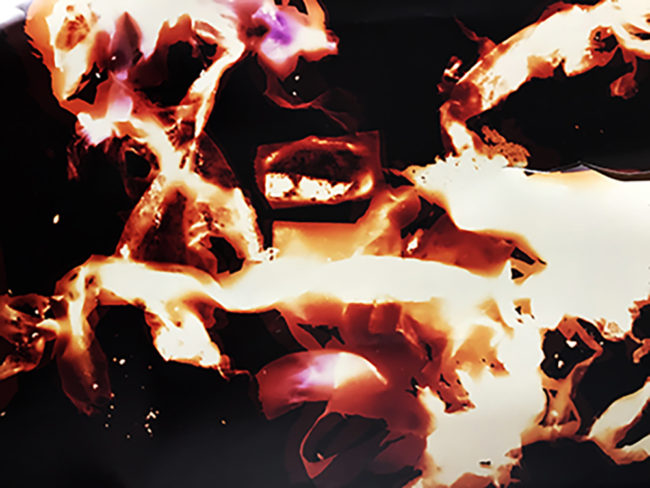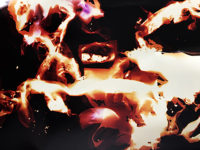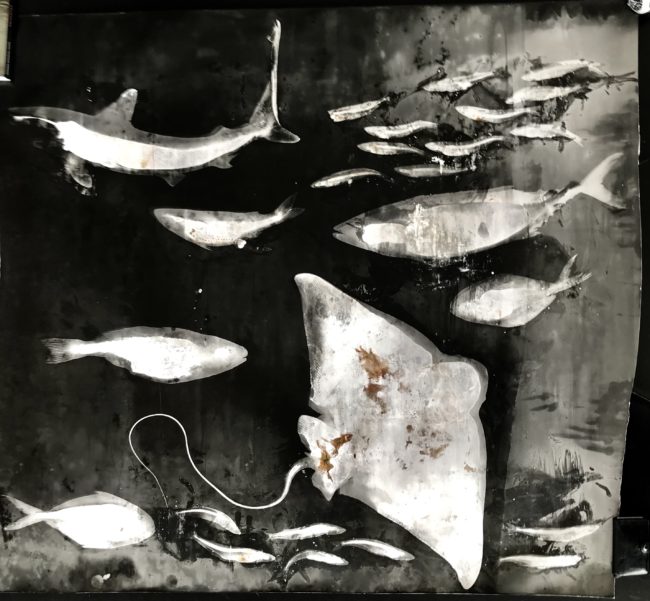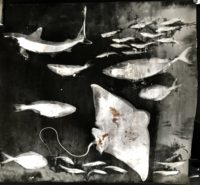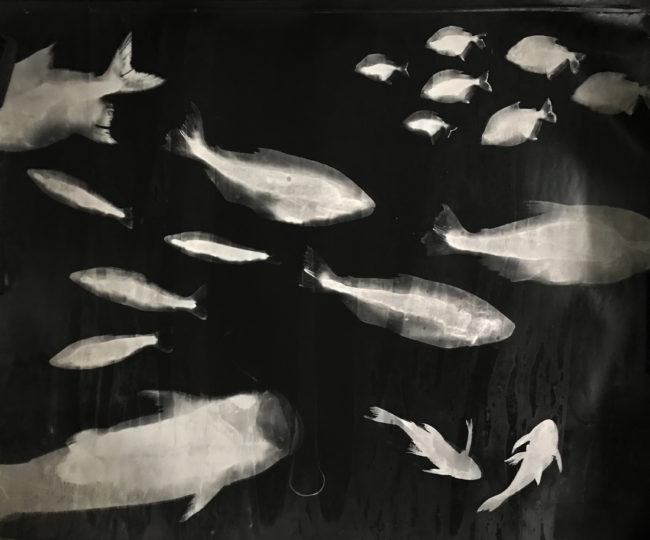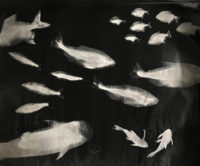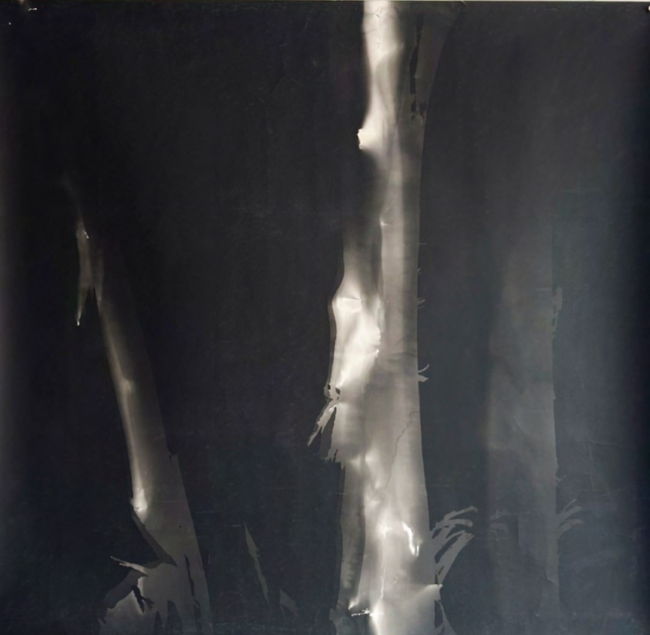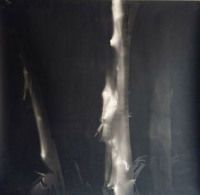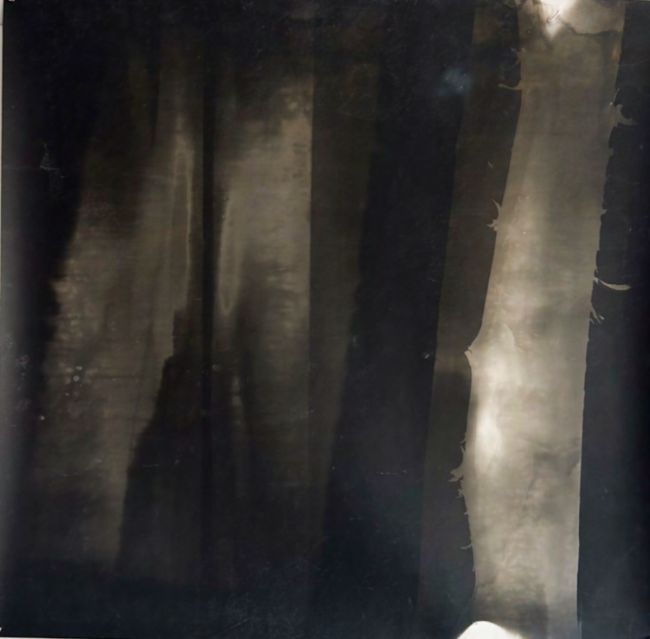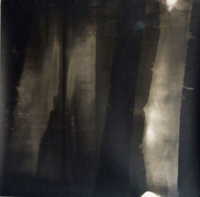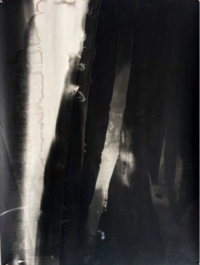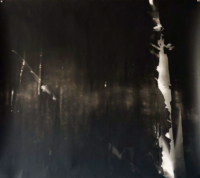Esta aventura comenzó hace poco mas de dos anos cuando Alicia Kuroiwa, en nombre de WCS (Wildlife Conservation Society), y Armando Williams como curador, invitaron a un grupo de pintores, cocineros, escultores, músicos y fotógrafos a pasar una semana en la reserva natural intangible de Bahuaja Sonene, con la intención de motivarnos a desarrollar una propuesta para darle mayor visibilidad a la reserva.
A partir de esa experiencia y de múltiples viajes a la reserva, fui involucrándome con el territorio, con el paisaje, con su tiempo. Poco a poco fui configurando una serie de ideas y sensaciones, como el estado de conciencia distinto, los estímulos disimiles a todos nuestros sentidos, la particular relación con el tiempo, la belleza abrumadora de la naturaleza pero también a su misterio y agresividad mortal. Por su inmensidad inasible, por la falta de distancias, por su presencia extremadamente confusa para un citadino acostumbrado a relacionarse con una naturaleza domesticada culturalmente.
En este curioso proceso fui desandando, sin clara conciencia, la historia de la técnica fotográfica. Comencé buscando representaciones visuales que pudieran contener mis experiencias con distintos equipos, cámaras digitales, foto y video, cámaras de placas 10 x 12 cm y 20 x 25 cm, cámaras panorámicas, en color y blanco y negro. Sin embargo, no conseguía generar imágenes que se acercaran a lo que quería volcar como sensaciones y conceptos. Uno de los factores que me incomodaba era algo que todos estos formatos tenían en común: la representación de perspectiva óptica. Esta forma de representación no lograba traducir el territorio, el paisaje selvático adecuadamente. Quizá porque en la selva virgen casi no hay distancia para construir una imagen tradicional, es una densa marea verde que lo cubre todo.
Así decidí experimentar con lo mas primario de la experiencia fotográfica, hacer fotografía sin cámara y realizar grandes fotogramas, desprendiéndome de cualquier aparato mediatizador. Era simplemente acercarme a la selva por contacto directo y abrazarla de alguna forma con el papel fotosensible y buscar su huella por contacto directo. Lo mas primario de lo fotográfico en contacto con un espacio igual de primario en términos naturales. Solo así conseguí imágenes que contuvieran, cargaran, condensaran muchas de las capas de sentido que mis experiencias querían volcar.
Un fotograma es la imagen obtenida sin la cámara fotográfica, por medio de un proceso que consiste en superponer el objeto a registrar sobre el material fotosensible y exponerlo a la luz directa, en este caso papel fotográfico fotosensible con un flash de mano, de modo que el fotograma es la huella, la sombra de la propia selva impresa de modo químico sobre el rollo de papel fotográfico.
Diseñamos y construimos una procesadora de papel desarmable para poder revelar las bobinas de 30 metros de largo y la enviamos por tierra a Puerto Maldonado para que luego fuera Ilevada en bote hasta el Tambopata Reserch Center TRC, que nos acogió cálidamente y nos permitió armar el cuarto oscuro o laboratorio para poder revelar las bobinas.
En el clima sallamos a buscar una zona de interés, con un follaje que nos impresionara. A veces caminando por trochas y a veces navegando por el rio. Una vez encontrado el lugar, clavábamos estacas muy grandes de bambu para marcar el camino de 30 metros a donde regresaríamos en la noche a colgar la bobina de papel, que finalmente expondríamos disparando un pequeño flash y que luego revelaríamos a la mañana siguiente.
Quiero agradecer a todas las personas, instituciones y empresas que apoyaron este proyecto, en especial a Pedro Gamboa, Alicia Kuroiwa, Mario Napravnik, Loyola Escamilo, Alejandro Castellote, Coco Moore, Sebastian Abugattas, Alejandra Watanabe, Alejandra Anchante, Armando Williams, Nilton Lazo, Carlos Navarro, Sebastian Gonzales y a todo el personal del Tambopata Reserch Center.










